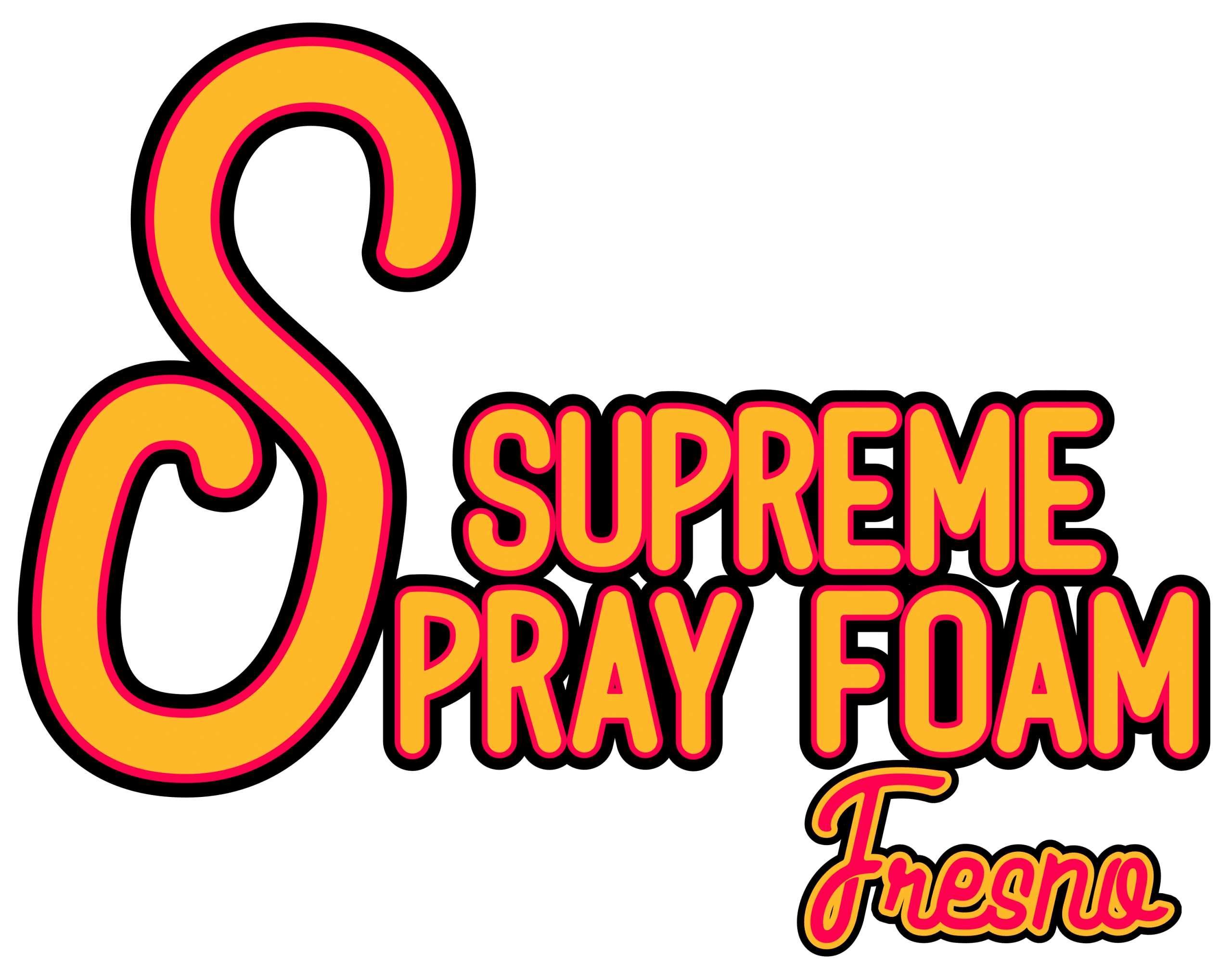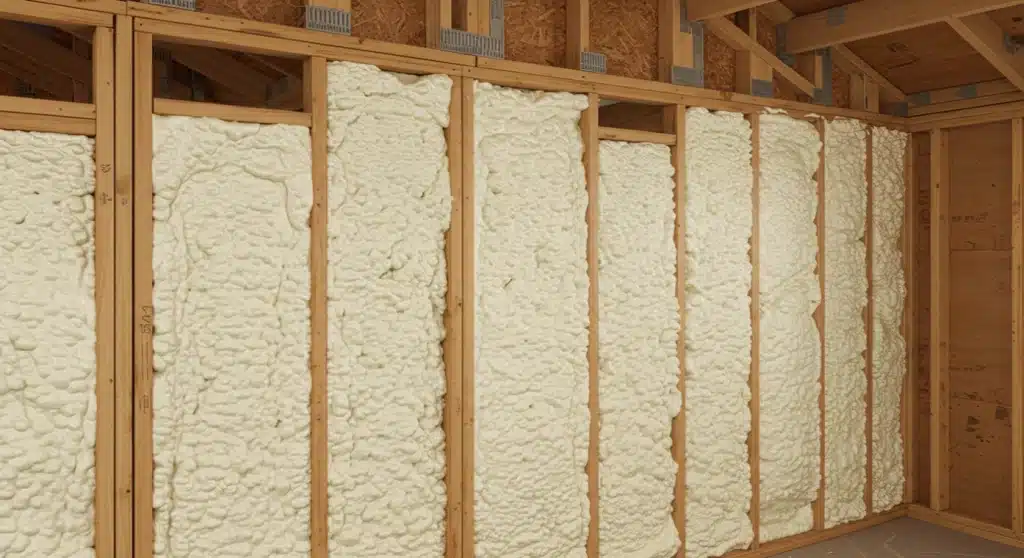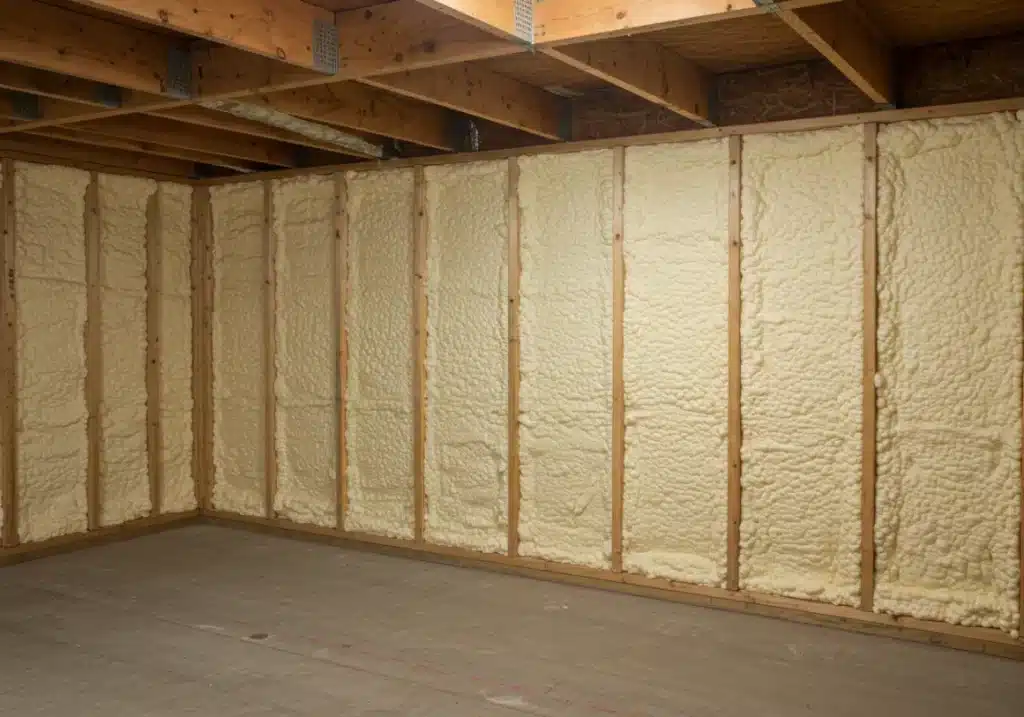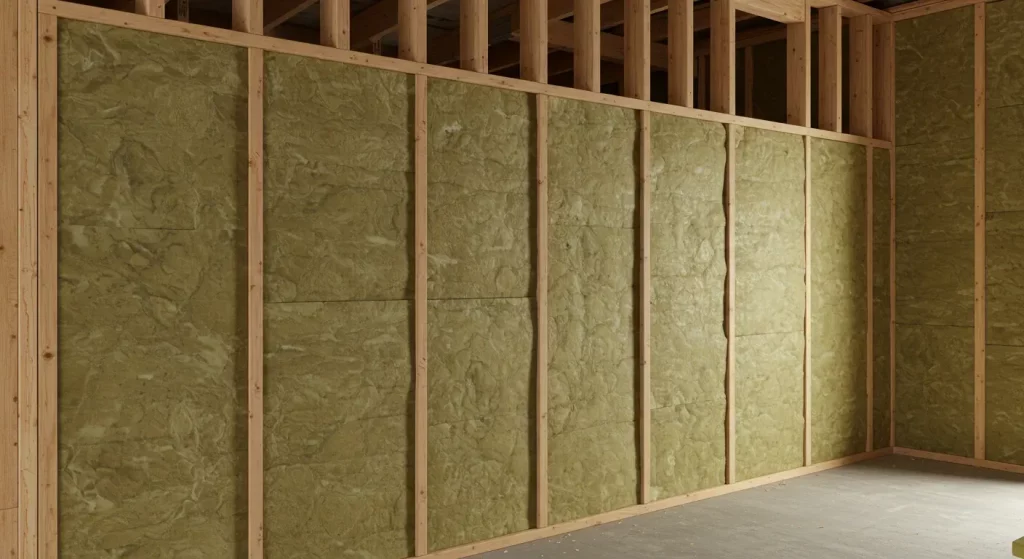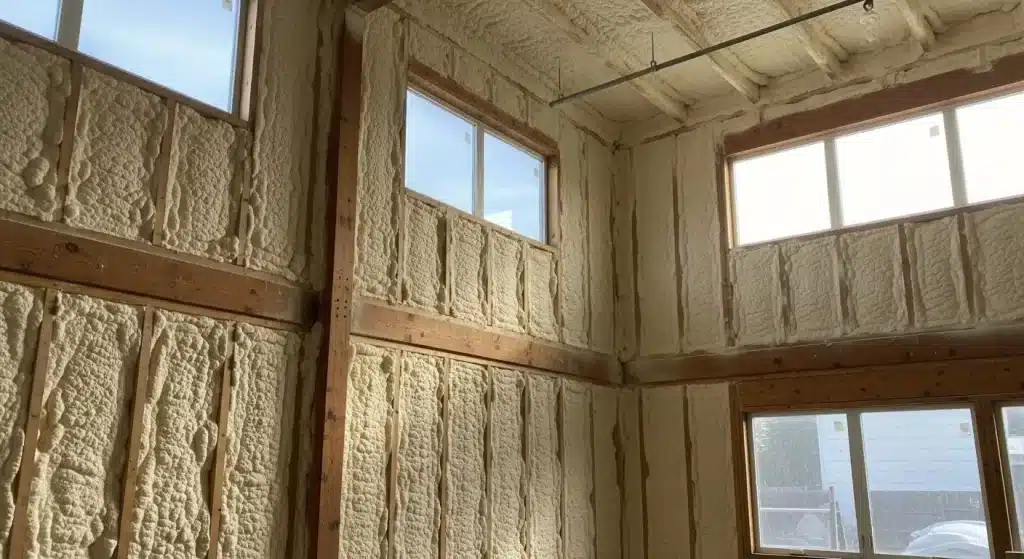Residential spray foam insulation delivers substantial long-term value through energy savings averaging 30-50% annually, enhanced structural integrity, and improved indoor air quality that persists for decades. Unlike traditional insulation materials that degrade over time, spray foam maintains its thermal performance and sealing properties for 20-30 years without replacement or maintenance.
The comprehensive benefits extend beyond immediate energy reduction to include moisture prevention, pest deterrence, and increased property value. Homeowners typically recover their investment within 5-7 years through reduced utility bills, while enjoying enhanced comfort and air quality throughout the insulation’s lifespan.
Based on extensive field experience across thousands of residential applications, spray foam insulation represents one of the most cost-effective long-term home improvements available. The following analysis examines the specific advantages and practical considerations for homeowners evaluating this investment.
Energy Efficiency and Cost Savings
Spray foam insulation creates an airtight thermal barrier that significantly reduces heating and cooling costs over its operational lifespan. The material’s superior R-value performance and air sealing capabilities combine to minimize energy transfer through building envelopes.
Thermal Performance Comparison
| Insulation Type | R-Value per Inch | Air Sealing Capability | Expected Lifespan |
|---|---|---|---|
| Closed Cell Spray Foam | 6.0-7.0 | Excellent | 25-30 years |
| Open Cell Spray Foam | 3.5-4.0 | Good | 20-25 years |
| Fiberglass Batts | 2.2-2.7 | Poor | 10-15 years |
| Cellulose | 3.2-3.8 | Fair | 15-20 years |
According to the U.S. Department of Energy, properly installed spray foam insulation can reduce energy consumption by 40-60% compared to traditional materials. This translates to annual savings of $500-$1,200 for typical residential applications, depending on home size and local utility rates.
Bonus Tip: Install spray foam during moderate weather conditions (60-80°F) for optimal application and curing. Temperature extremes can affect the material’s expansion and adhesion properties, potentially compromising long-term performance.
Structural Benefits and Durability
Spray foam insulation enhances building structural integrity through improved adhesion and load distribution. The material bonds directly to framing members, creating a monolithic barrier that strengthens the overall building envelope.
Long-Term Structural Advantages
The closed-cell variety adds approximately 300% racking strength to wall assemblies, providing additional resistance to wind loads and seismic forces. This structural enhancement becomes increasingly valuable as buildings age and face environmental stresses.
Open-cell foam offers sound dampening properties that reduce noise transmission by 40-50% compared to traditional insulation. This acoustic benefit maintains effectiveness throughout the material’s lifespan without degradation.
Bonus Tip: Combine spray foam with proper vapor barriers in high-humidity climates to prevent moisture-related structural issues. The foam’s inherent moisture resistance works best when integrated with comprehensive moisture management strategies.
Indoor Air Quality and Health Benefits
Spray foam insulation significantly improves indoor air quality by eliminating air infiltration pathways that allow pollutants, allergens, and moisture to enter living spaces. The material’s ability to seal gaps and cracks prevents dust, pollen, and outdoor contaminants from infiltrating the building envelope.
Air Quality Improvement Metrics
| Benefit | Closed Cell | Open Cell | Traditional Insulation |
|---|---|---|---|
| Air Infiltration Reduction | 85-95% | 70-80% | 10-20% |
| Allergen Penetration | Minimal | Low | High |
| Moisture Vapor Transmission | Blocks | Allows | Allows |
| Pest Barrier Effectiveness | Excellent | Good | Poor |
Research from the Indoor Air Quality Association indicates that homes with spray foam insulation show 60-70% lower concentrations of airborne particulates compared to conventionally insulated structures. This improvement persists throughout the insulation’s operational life.
The material’s inert properties prevent mold growth and eliminate food sources for insects and rodents, contributing to healthier indoor environments over decades of use.
Moisture Control and Prevention
Spray foam insulation provides superior moisture management through vapor barrier properties and condensation prevention. The material’s ability to seal thermal bridges eliminates temperature differentials that cause condensation formation within wall assemblies.
Moisture Management Performance
Closed-cell spray foam functions as a Class II vapor retarder, effectively blocking moisture transmission while allowing controlled drying. This balance prevents moisture accumulation that leads to mold growth, wood rot, and structural damage over time.
The insulation’s seamless application eliminates gaps where moisture can penetrate, providing comprehensive protection that maintains effectiveness for decades without degradation.
Bonus Tip: Focus spray foam application on rim joists and foundation interfaces where moisture problems commonly develop. These areas often experience the greatest temperature differentials and benefit most from comprehensive sealing.
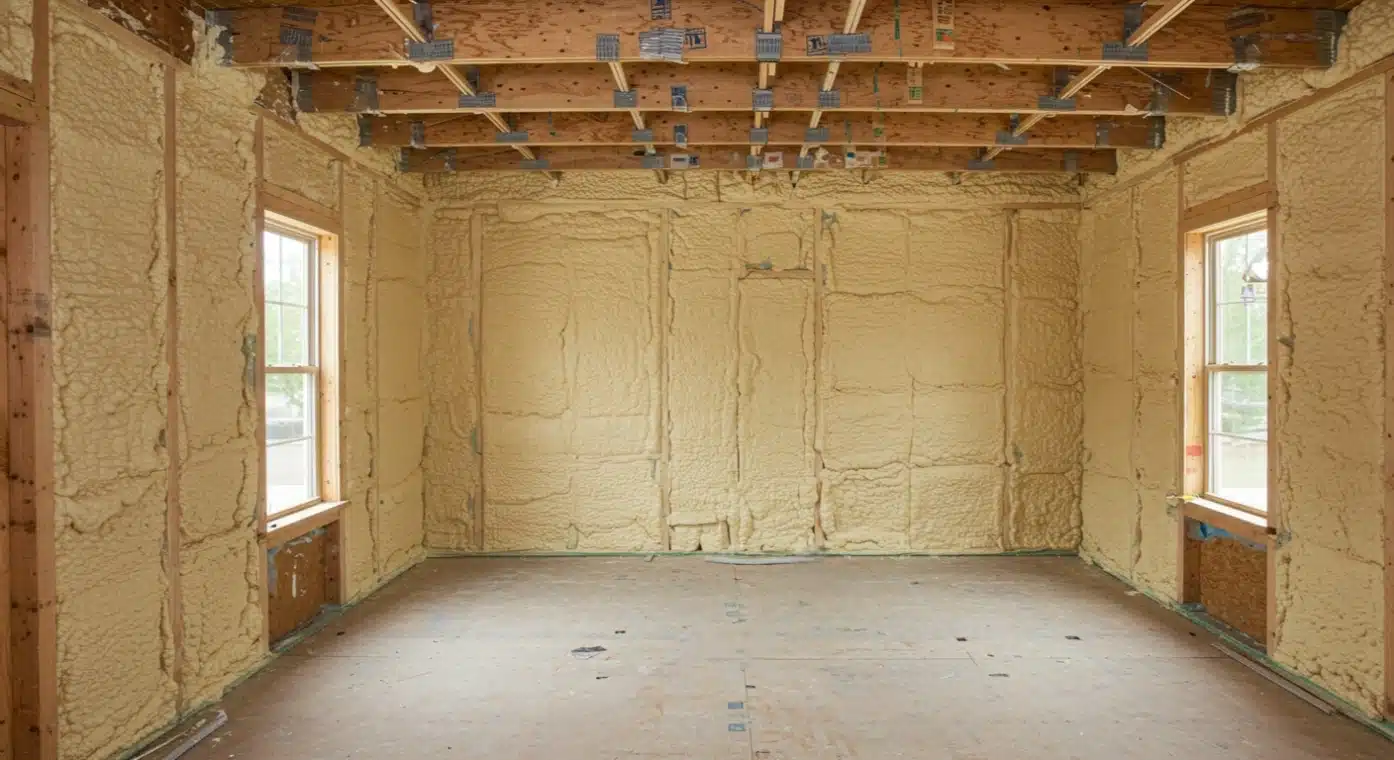
Things to Consider Before Installation
Evaluate your home’s specific conditions and requirements before proceeding with spray foam insulation. Consider the building’s age, existing ventilation systems, and local climate conditions to determine the most appropriate application approach.
Professional installation becomes critical for achieving optimal performance and longevity. Improper application can compromise thermal performance, structural benefits, and indoor air quality improvements.
Budget for the higher upfront investment while recognizing the long-term value proposition. Spray foam typically costs 2-3 times more than traditional insulation initially but delivers superior performance and durability that justifies the investment over time.
Supreme Spray Foam Fresno Services
Supreme Spray Foam Fresno provides comprehensive insulation solutions designed to maximize long-term performance and value:
- Residential Spray Foam Insulation – Complete home insulation systems using premium materials and proven application techniques for optimal energy efficiency and comfort.
- Closed Cell Spray Foam Insulation – High-performance insulation offering maximum R-value, structural enhancement, and moisture protection for demanding applications.
- Open Cell Spray Foam Insulation – Cost-effective insulation solution providing excellent thermal performance and sound dampening for interior applications.
- Attic Insulation – Specialized attic insulation services addressing the primary source of energy loss in residential buildings through comprehensive air sealing and thermal barriers.
Common Installation Questions
What preparation is required before spray foam installation?
Remove existing insulation materials and ensure adequate ventilation during application. Protect electrical components and plumbing fixtures from overspray. Schedule installation during favorable weather conditions for optimal curing.
How long does the installation process take?
Typical residential installations require 1-2 days depending on home size and complexity. Allow additional time for proper curing before reoccupying treated areas.
Are there any ventilation requirements after installation?
Maintain adequate ventilation during the first 24-48 hours after installation to ensure complete curing. Follow manufacturer recommendations for specific products and environmental conditions.
What maintenance is required for spray foam insulation?
Spray foam requires minimal maintenance once properly installed. Annual visual inspections help identify any areas requiring attention or repair.
Investment Value Summary
Residential spray foam insulation provides measurable long-term benefits that justify the initial investment through sustained energy savings, improved comfort, and enhanced property value. The material’s durability and performance characteristics deliver decades of value without the maintenance and replacement costs associated with traditional insulation materials.
Homeowners who prioritize energy efficiency, indoor air quality, and long-term cost management find spray foam insulation an effective solution for achieving these objectives. The technology’s proven track record and expanding adoption reflect its effectiveness in delivering promised benefits over extended periods.
Get Professional Spray Foam Installation
Transform your home’s energy efficiency and comfort with professional spray foam insulation installation. Supreme Spray Foam Fresno brings decades of experience and proven techniques to every residential project, ensuring optimal performance and long-term value.
Contact Supreme Spray Foam Fresno at (559) 545-0800 or [email protected] to schedule a comprehensive evaluation of your home’s insulation needs. Professional assessment and installation maximize the long-term benefits of spray foam insulation while ensuring proper application and performance.
Key Performance Questions
How does spray foam insulation perform in extreme weather conditions?
Spray foam maintains thermal performance across temperature ranges from -40°F to 180°F. The material’s cellular structure provides consistent insulation values regardless of external conditions, unlike traditional materials that can lose effectiveness in extreme temperatures.
What happens to energy savings over time?
Energy savings typically remain consistent or improve slightly over the first 5-10 years as the foam fully cures and settles. Unlike traditional insulation that can settle and create gaps, spray foam maintains its original thickness and sealing properties throughout its lifespan.
How does spray foam affect home resale value?
Homes with spray foam insulation typically command 5-10% higher resale values due to demonstrated energy efficiency and lower operating costs. Energy-efficient features increasingly influence buyer decisions in residential real estate markets.
Can spray foam insulation be installed in occupied homes?
Yes, spray foam can be installed in occupied homes with proper ventilation and temporary relocation during application. Most applications allow reoccupancy within 24-48 hours after completion.
What warranty coverage applies to spray foam insulation?
Professional installations typically include 10-20 year warranties covering material defects and application quality. Manufacturers often provide additional coverage for thermal performance degradation beyond specified timeframes.

